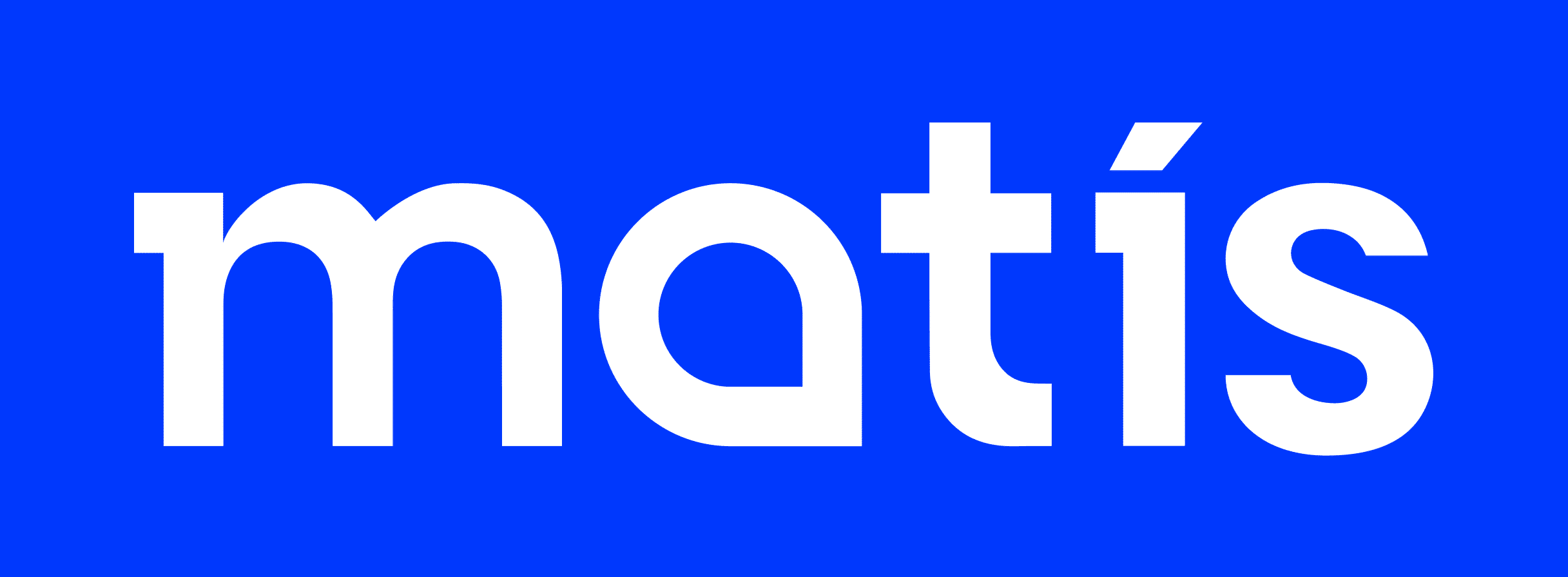This report is closed
Category: Reports
To strengthen the position of saltfish, with its long tradition, history and connection to Nordic livelihoods, it is important to strengthen the entire value chain, from producers and retailers, to chefs and consumers. The aim of the project "Saltfish delicacies" is to develop new or improved ready-made dishes based on traditional saltfish, and 16 participants from Iceland, Norway and the Faroe Islands are involved. The group consists of experts in saltfish processing and quality, cooking, food production, media and the travel industry.
This report describes the workshop "What is saltfish?" which was held in the house of the Menntaskólin in Kópavogur, September 28, 2022 in collaboration with Matís, the Menntaskólin in Kópavogur (MK), Grím Kokk, Klúbbs Matreiðslumeista and Icelandic saltfish producers. The goal of the workshop was to share knowledge from various sources, and look for ways to strengthen the position of salted fish in the domestic market, and about 40 people attended the workshop. Short presentations were given by Matís experts on the history, culture, effectiveness and dewatering of salted fish. Also about the knowledge and attitude of consumers towards salted fish and its consumption in Iceland. The sensory properties of salted fish were presented, and attendees had the opportunity to taste and compare two types of salted fish and two types of salted fish. MK culinary students then presented their ideas behind salted fish dishes, which were served on the table. After that, we worked in three groups, each of which discussed the following topics: "What is salted fish - can we call salted fish salted fish?", "How do we reach the young people?" and "How can the product range be increased?".
The results of the workshop showed that it is important to distinguish between what is truly salted fish on the one hand and salted fish on the other. Salted fish, usually lightly salted or overnight salted, does not have the same characteristics as salted fish, which is fish finished with salt and brine and then dry-salted even for weeks, which after dehydration gives this product unique properties such as a characteristic taste and firm texture. It seems that there are endless opportunities and opportunities for the saltfish. However, we need to pay better for the way of salted fish to the Icelandic market. Saltfish should really be to us Icelanders, on par with what Parma ham is to Italians, at least. To promote knowledge, respect and consumption of salted fish, it needs to be better known and made more visible, not least among younger age groups. What hinders chefs and producers of products is that it is often difficult to obtain fully prepared, properly watered salted fish domestically. Dewatering requires a problem, but often the facilities, time or knowledge are not available. We need to reach younger consumers and improve the reputation of salted fish in general. The name saltfish is not very appropriate, as it has a reference to salted fish and has a negative image due to its association with second class fish. Dehydrated salted fish should not be too salty. Perhaps finished, dehydrated saltfish should be called something other than saltfish.
View report
This report reports on the progress and main results of the research and innovation project "Value creation in Icelandic aquaculture", which was partly financed by the AVS Research Fund in the Fisheries Industry/Food Fund. In this project, an effort was made to reduce costs and increase the value of digestate production from side streams of aquaculture, where in particular attention was paid to reducing transport costs, by processing the digestate more, removing fish oil and water from it, which reduces volume and weight during transport. and gives the opportunity to work it into more expensive products.
Salmon farming in Iceland is growing rapidly, and if all plans go according to plan, salmon farming in the sea will reach 90 thousand tons within a few years. The resulting side streams could therefore exceed 20 thousand tons per year. There are also countless wildfires in Iceland, but big plans are underway in Ölfus, Vestmannaeyjar and Reykjanes, where there is discussion about the production of over 100 thousand tons of salmon.
Side streams in aquaculture are mostly divided into two categories, ie. K2, which is a fish that dies by itself in pens, and K3, which is offal that occurs during slaughter, as well as heads, spines and trimmings that occur during processing. Raw materials from K2 may not be processed for human consumption or feed for animals raised for human consumption, and therefore the markets for pet or fur animals must be considered. However, K3 can go into production for human consumption or in the feed of animals consumed by humans.
With increased fish farming, we can expect a large increase in side raw materials in the coming years, and it is therefore important to find ways to ensure environmentally friendly processing methods and at the same time to improve value creation in the processing of these side streams. In this project, at first glance, the production of flour and fish oil from these side streams, but such processing did not cover the costs. But the main reason for this was the high cost of transporting the raw material, which is mostly water, as well as the difficulty of storage due to rapid spoilage processes.
Therefore, the production of smelt was considered and the possibilities of improving value creation and reducing costs, especially during transport, were examined. Melta is a low-cost product, but by further processing it, extracting fish oil from it and then distilling 60% from the water, it would be possible to increase the value and reduce the cost of transportation to market.
The results of the project indicate that it is possible to process digestate in an economical way from side streams of aquaculture in this country and even create significant value by further processing the digestate into final products.
This report is closed
This report is closed






